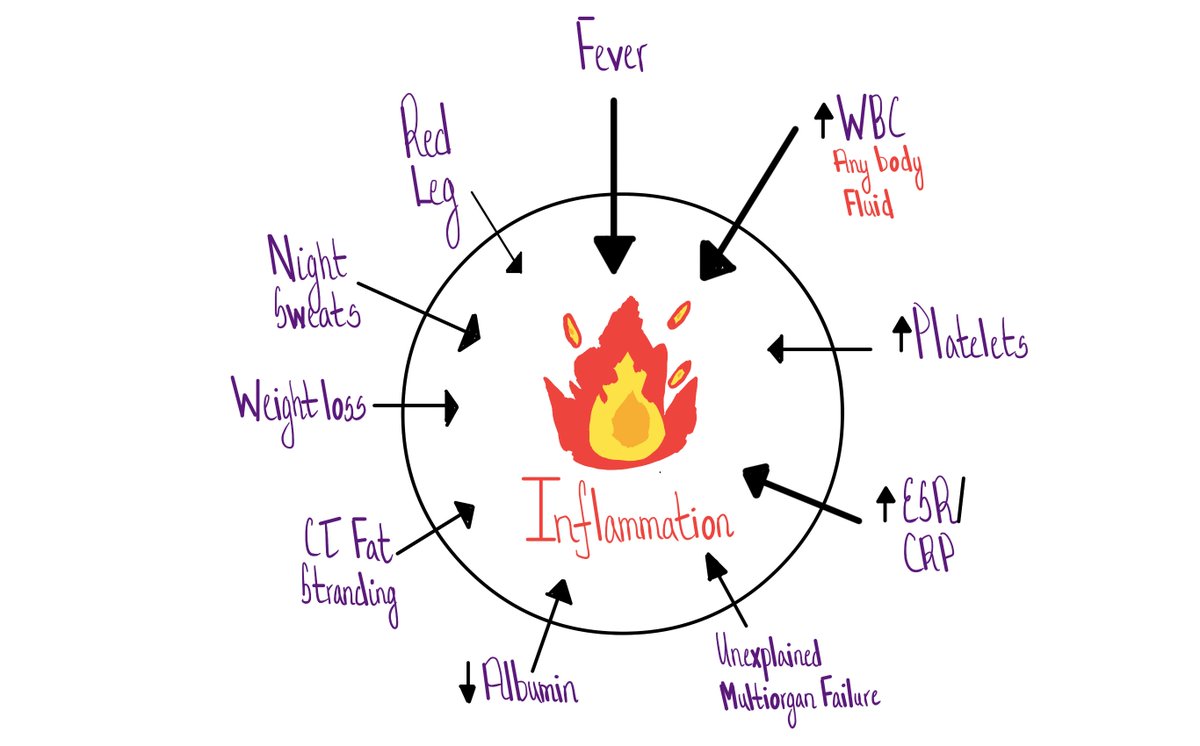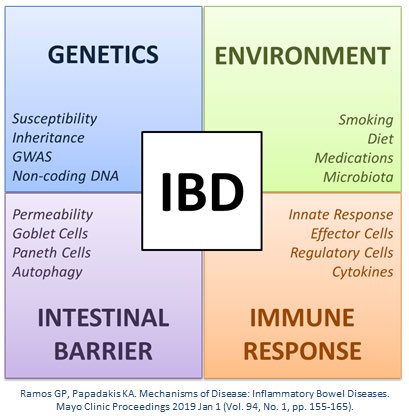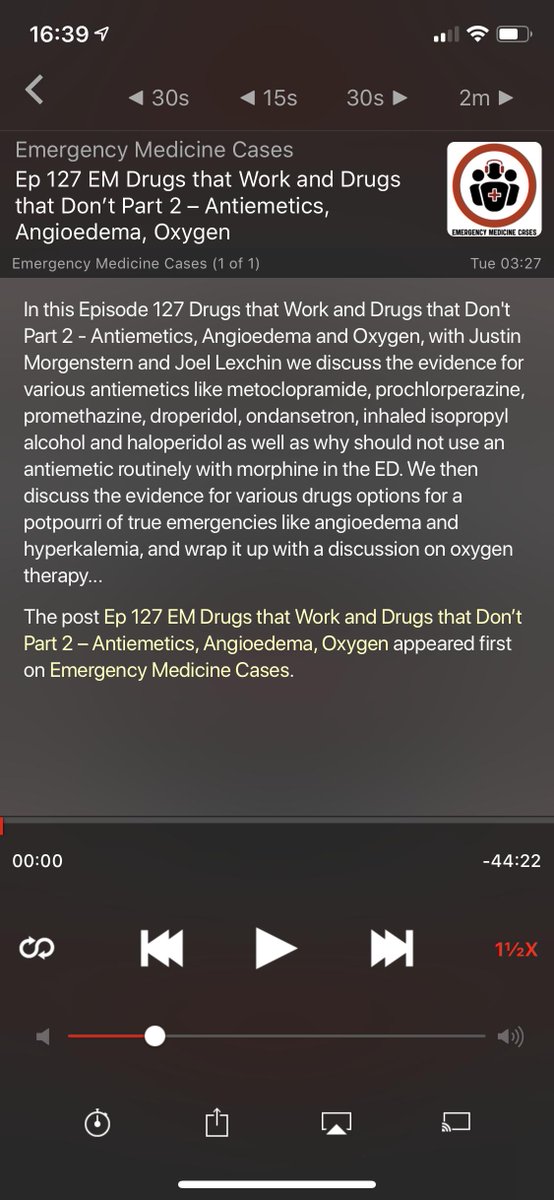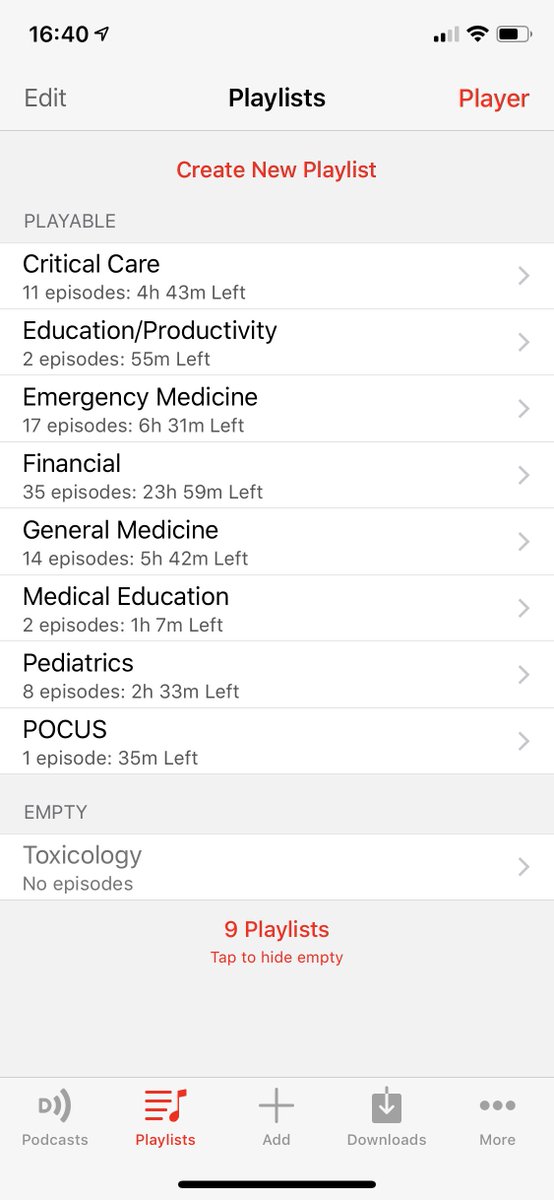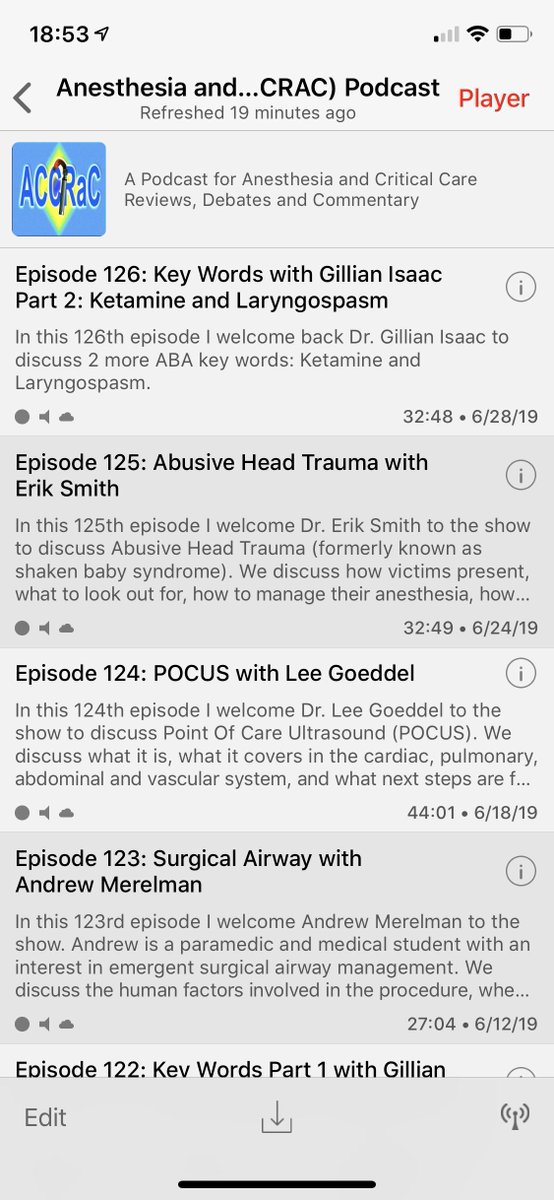Cellular lysis...
Not all cells are equal.
Join us, #medtwitter & #medstudenttwitter
🤣🤣
I think it's more fun this way AND
75% of teaching is making sure everyone is having fun.
When it comes to learning
Climate > Content
1.K
2.Phos
3.LDH
levels would rise significantly.
But, with this data alone, we'd have no idea which cells were suffering this injury.
1. Troponin - heart
2. CK - skeletal muscle
3. Hemoglobin - red blood cells
What about AST/ALT for the liver?
Unfortunately, not super specific...
Can you think of some others, #medtwitter?

Enough of this hypothetical construct.
How does this information help us clinically?
HyperK, HyperPhos and elevated LDH
(FYI - @CPSolvers schema for LDH here - bit.ly/31E5uWs)
Why only 3 clinical scenarios..?
1. Accumulation of their toxic intracellular products, and 2. NOT loss of function of that organ
dominates the clinical picture.
Wow...what a vague statement.
Some examples...
Acutely lose 50% of heart cells?
Cardiogenic shock will probably dominate the clinical picture well before enough toxic accumulation occurs.
Samsies with the brain, liver, kidney, etc.
and
2. Red blood cells
have enough cellular reserve that toxic accumulation of their intracellular products can be a prominent part of their clinical picture.
Both release a nephrotoxic Globin
1. Myoglobin - muscle
and
2. Hemoglobin - red blood cells
So...
Acute kidney injury is also a prominent part of the clinical picture
This is the key final step in this story:
HyperK
HyperPhos
Elevated LDH
and...
AKI
Who knows...
I certainly don't.
If anyone does, #medtwitter, let us know!
[1] All cells have K, Phos, and LDH.
[2] Massive cellular necrosis resulting in the accumulation of these toxic products dominates the clinical picture when the organ involved
1.Has a lot of cellular reserve AND
2.Releases a nephrotoxic product
We said there were 3 clinical scenarios where this occurred, and we've only mentioned 2 organs so far -
Muscle and
RBCs.
Yeah...
The final scenario results from cells that are not supposed to be there...







